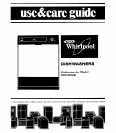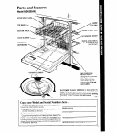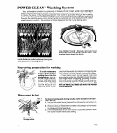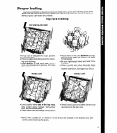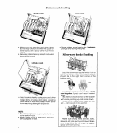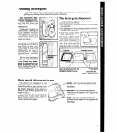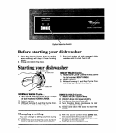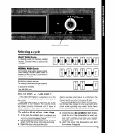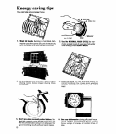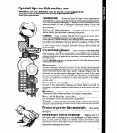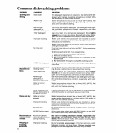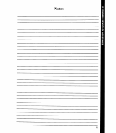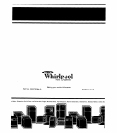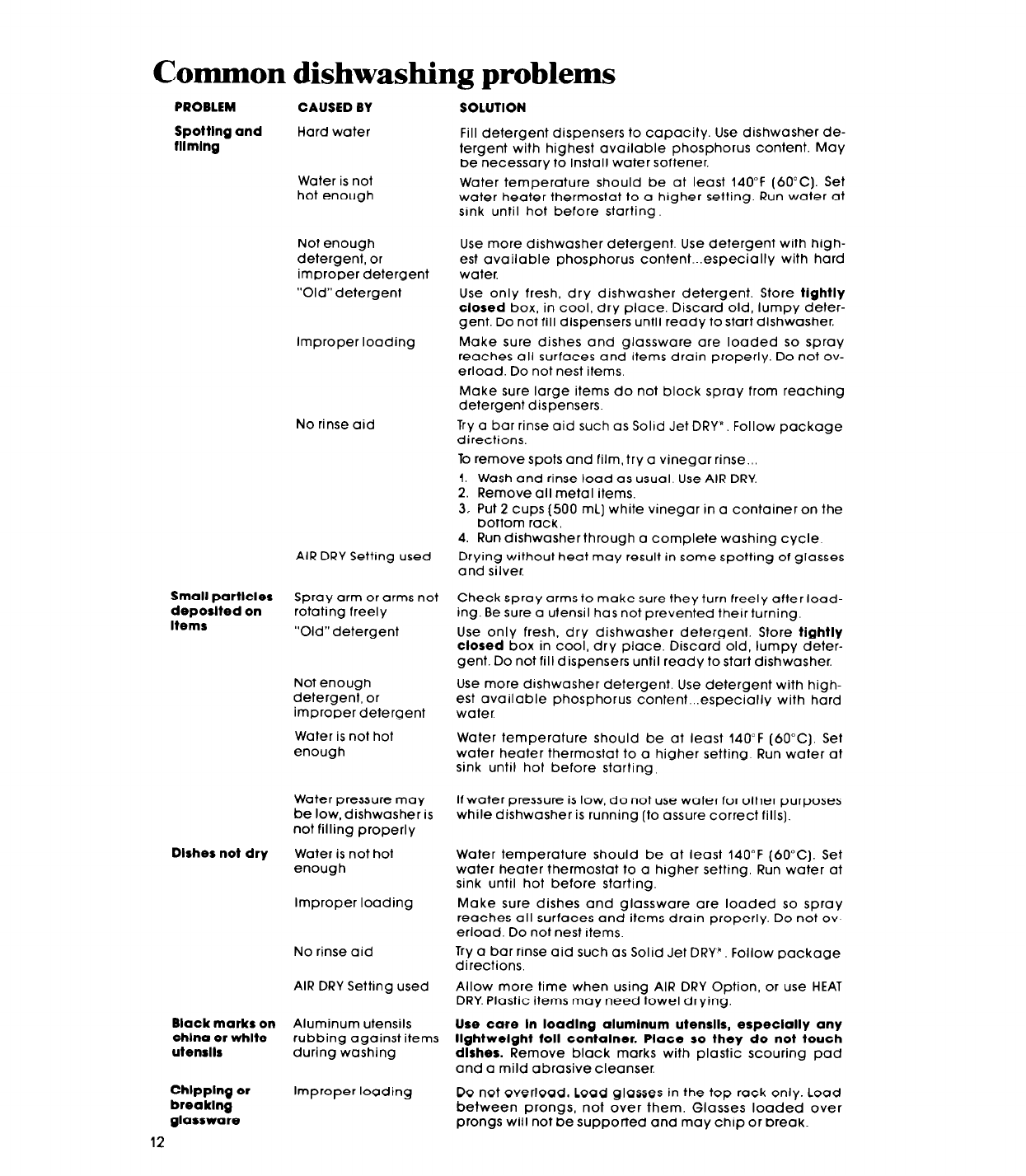
Common dishwashing problems
PROBLEM
Spotting and
tllmlng
CAUSED BY
Hard water
Water is not
hot enough
Not enough
detergent, or
improper detergeni
“0ld”detergent
Improper loading
No rinse aid
AIR DRY Settmg used
Small particles
Spray arm or arms not
deposlted on rotating freely
Items
“0ld”detergent
Not enough
detergent, or
Use
more dishwasher detergent. Use detergent with high-
improper detergent
est
available phosphorus content...especially with hard
water
Water is not hot
enough
Water temperature should be at least 140°F (60°C). Set
water heater thermostat to a higher setting Run water at
sink until hot before starting,
Water pressure may
be low, dishwasher is
not filling properly
Dishes not dry Water is not hot
enough
Improper loading
No rinse aid
AIR DRY Setting used
Black marks on
Aluminum utensils
chlna or white rubbing against items
utensils
during washing
Chlpplng or
Improper loading
breaking
glassware
12
SOLUTION
Fill detergent dispensers to capacity. Use dishwasher de-
tergent with highest available phosphorus
Content.
May
be necessary to install water softener.
Water temperature should be at least 140°F (60°C). Set
water heater thermostat to a higher setting. Run water at
sink until hot before starting.
Use more dishwasher detergent. Use detergent with high-
est available phosphorus content...especiallY with hard
water.
Use only fresh, dry dishwasher detergent. Store tightly
closed box, in cool, dry place. Discard old, lumpy deter-
gent. Do not fill dispensers until ready to start dishwasher.
Make sure dishes and glassware are loaded so spray
reaches all surfaces and items drain properly. Do not ov-
erload. Do not nest items.
Make sure large items do not block spray from reaching
detergent dispensers.
Try a bar rinse aid such as Solid Jet DRY”. Follow package
directions.
lb remove spots and film, try a vinegar rinse...
1. Wash and rinse load as usual. Use AIR DRY.
2. Remove all metal items.
3. Put 2 cups (500 mL) white vinegar in a container on the
bottom rack.
4. Run dishwasherthrough a complete washing cycle
Drying without heat may result in some spotting of glasses
and silver.
Check spray arms to make sure they turn freely after load-
ing. Be sure a utensil has not prevented their turning.
Use only fresh, dry dishwasher detergent. Store tightly
closed box in cool, dry place. Discard old, lumpy deter-
gent. Do not fill dispensers until ready to start dishwasher.
If water pressure is low, do not use water for other purposes
while dishwasher is running (to assure correct fills].
Water temperature should be at least 140°F (60°C). Set
water heater thermostat to a higher setting. Run water at
sink until hot before starting.
Make sure dishes and glassware are loaded so spray
reaches all surfaces and items drain properly. Do not ov-
erload. Do not nest Items.
Try a bar rinse aid such as Solid Jet DRY”, Follow package
directions.
Allow more time when using AIR DRY Option, or use HEAT
DRY. Plastic items may need towel drying.
Use care In loadlng alumlnum utensils, especially any
llghtwelght toll container. Place so they do not touch
dishes. Remove black marks with plastic scouring pad
and a mild abrasive cleanser.
Do not overload.
LQ9d
glasses in the top rack only. Load
between prongs, not over them. Glasses loaded over
prongs will not be supported and may chip or break.



